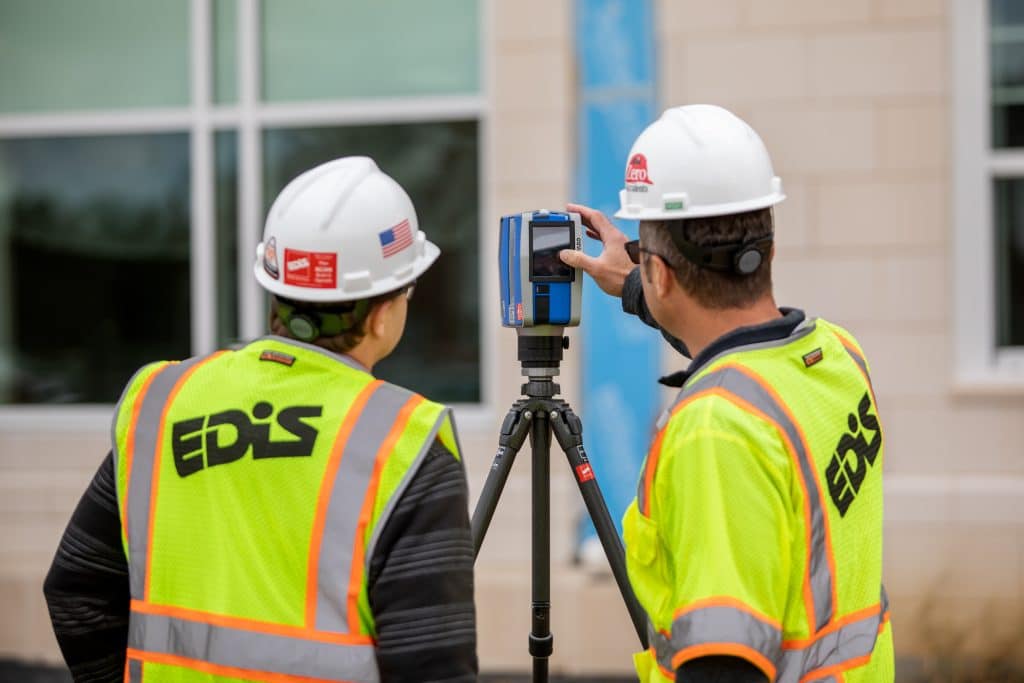Laser scanning technology has revolutionized the field of heritage and historical preservation, providing numerous advantages for the documentation, restoration, and conservation of valuable cultural assets. Laser scanning can be used in hundreds of different ways and appears in many forms, today we’ll be focusing on just one. Here are five different ways laser scanning is revolutionizing historical preservation:
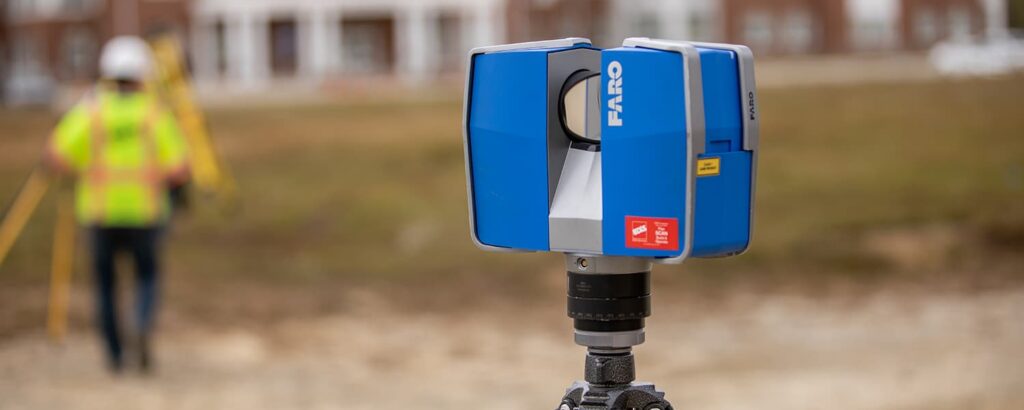
Virtual Preservation and Public Engagement: Enables virtual preservation and immersive experiences. The 3-D models can be used to create virtual tours, interactive exhibits, and virtual reality experiences, allowing the public to explore and appreciate heritage sites and artifacts remotely. This virtual preservation approach ensures wider access and educational opportunities while safeguarding the physical assets from excessive foot traffic and potential damage.
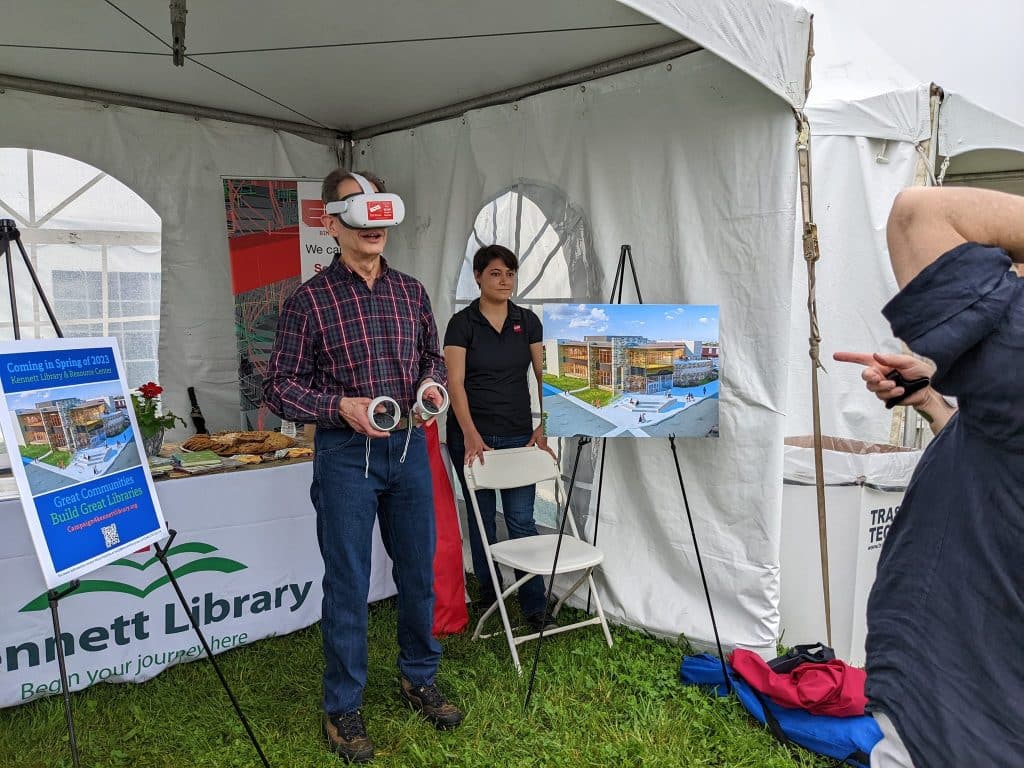
Non-Invasive Data Capture: Allows for non-invasive data collection, preserving the integrity of historical structures and artifacts. It eliminates the need for physical contact or invasive measuring techniques, minimizing the risk of damage or deterioration during the scanning process. This non-destructive approach is particularly crucial when dealing with delicate or fragile heritage assets.
High Level of Detail and Accuracy: Captures an incredibly detailed and accurate representation of heritage sites and artifacts in 3-D. It captures millions of data points, creating a precise digital model that preserves the intricate details, textures, and geometries of historical structures, sculptures, and objects. This level of accuracy aids in the analysis, research, and documentation of heritage assets.
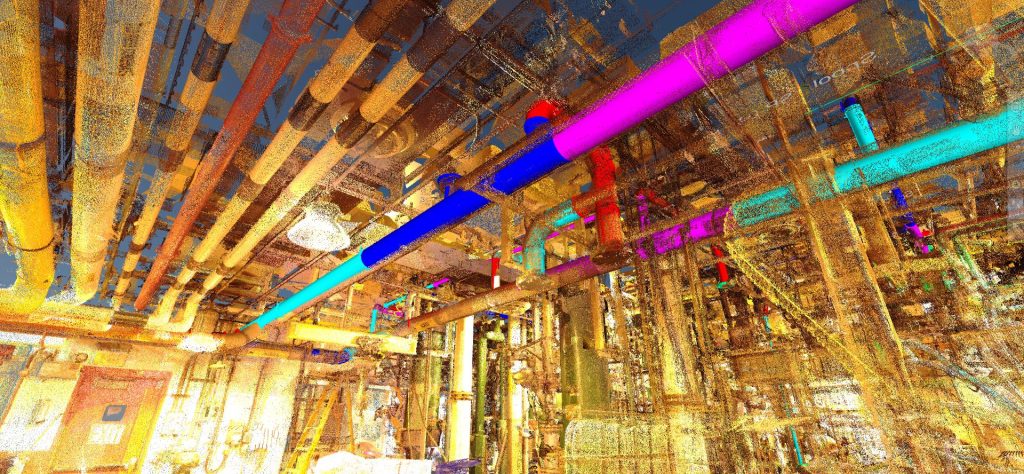
Historical Documentation and Reconstruction: Serves as a valuable tool for historical documentation and reconstruction. The digital models created through laser scanning provide an accurate representation of the asset’s current state. This documentation serves as a reference for future generations, allowing researchers, architects, and historians to study and understand the asset’s original form, construction techniques, and architectural details.
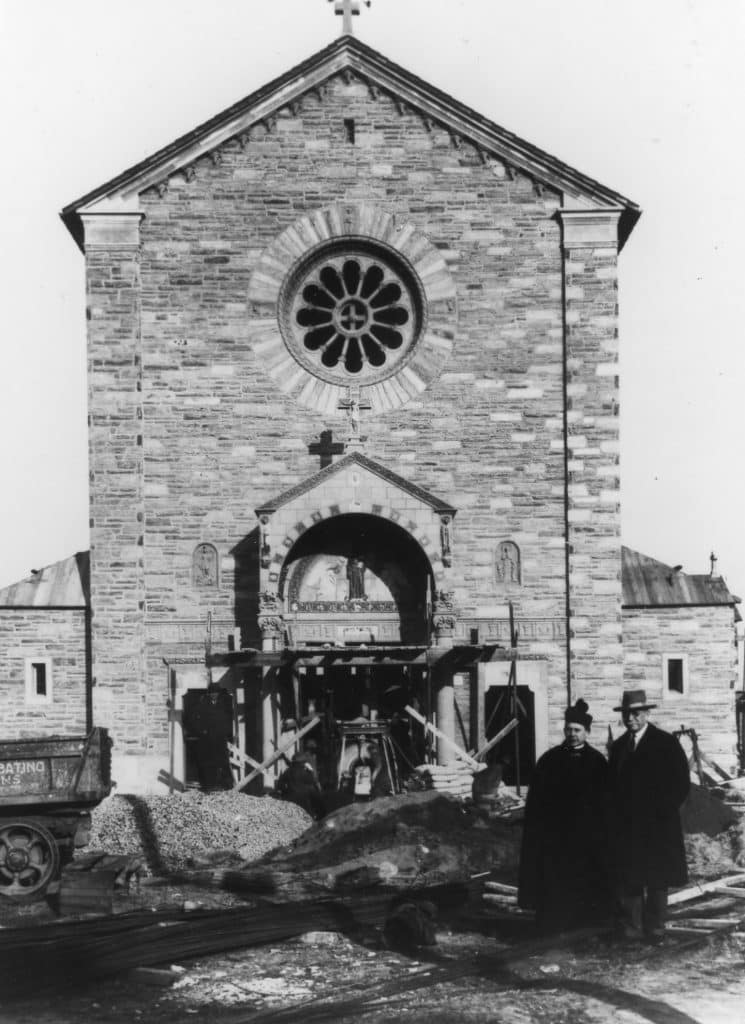
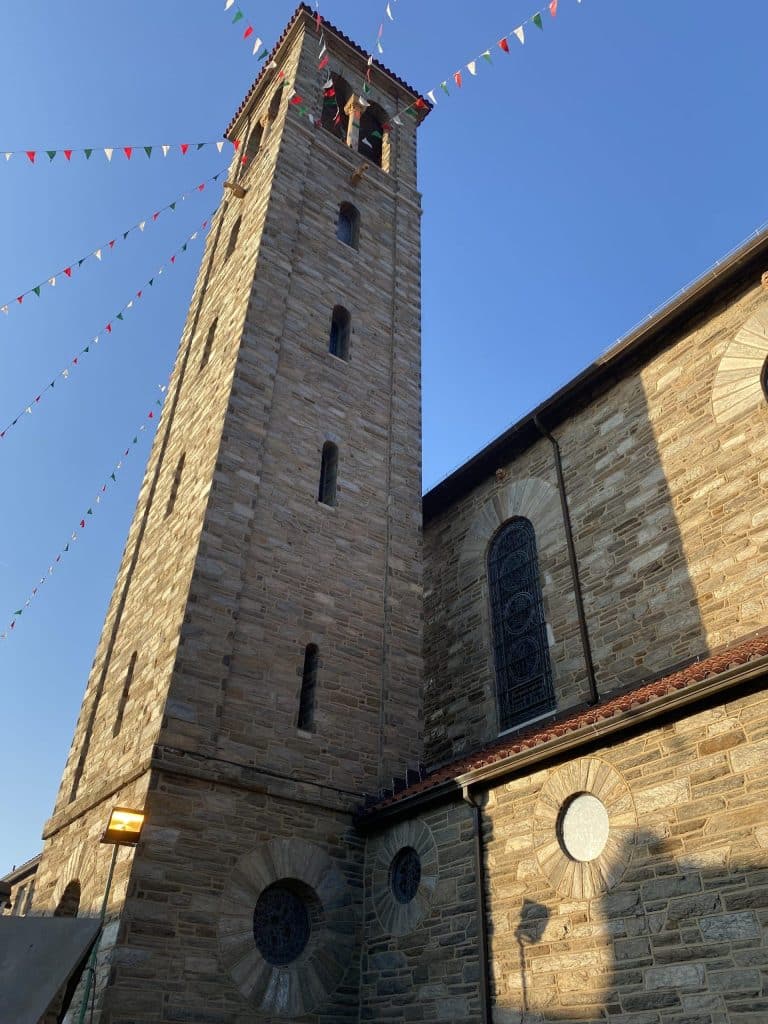
Conservation Planning and Monitoring: Assists in conservation planning and monitoring efforts. The 3-D models generated from laser scans enable conservationists to analyze structural integrity, identify areas of deterioration, and plan targeted restoration interventions. Monitoring changes over time becomes more manageable, as the scans can be repeated periodically to assess any modifications or damages to the heritage asset.
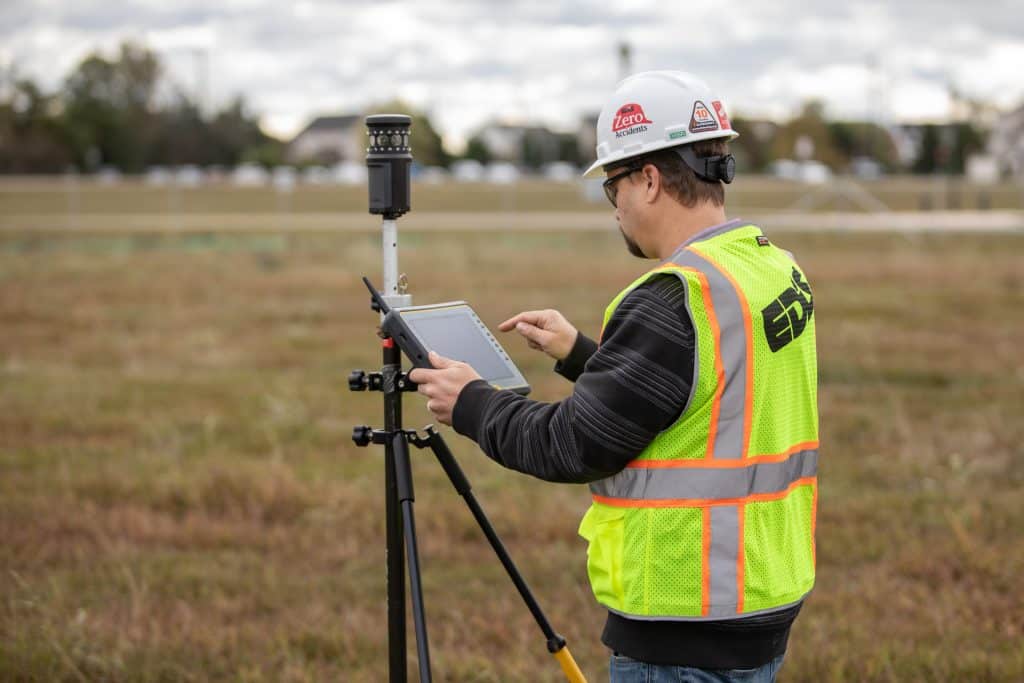
In summary, laser scanning offers numerous advantages for heritage and historical preservation. Its non-invasive nature and high level of detail make it an invaluable tool for documentation, restoration planning, and public engagement. By embracing this technology, we can safeguard our cultural heritage for future generations, fostering a deeper understanding and appreciation of our collective history and legacy.




